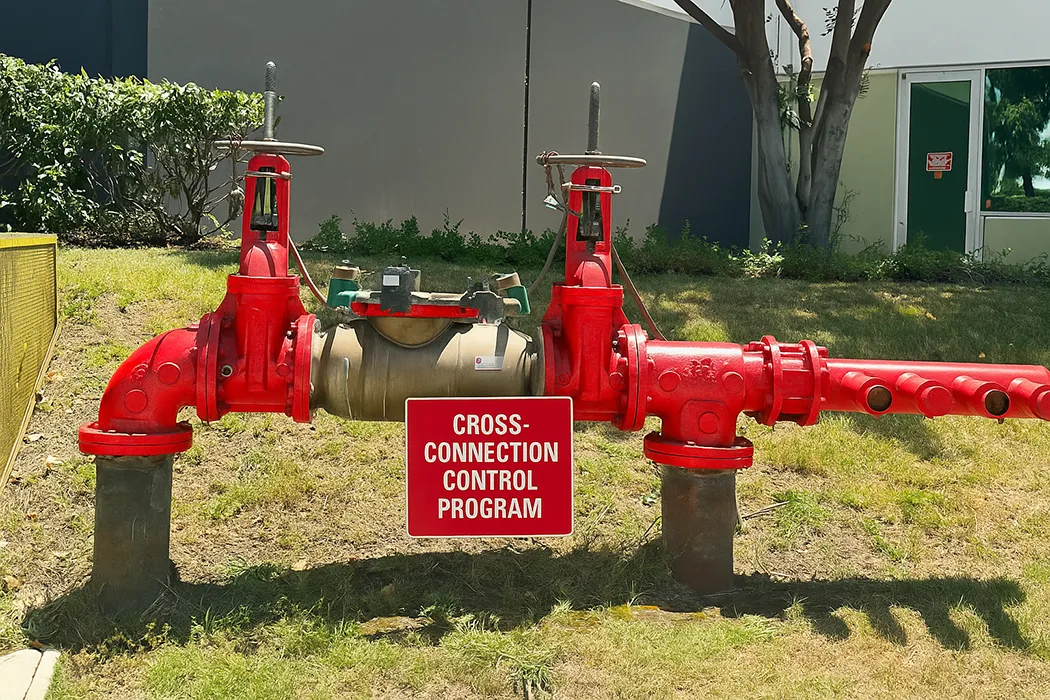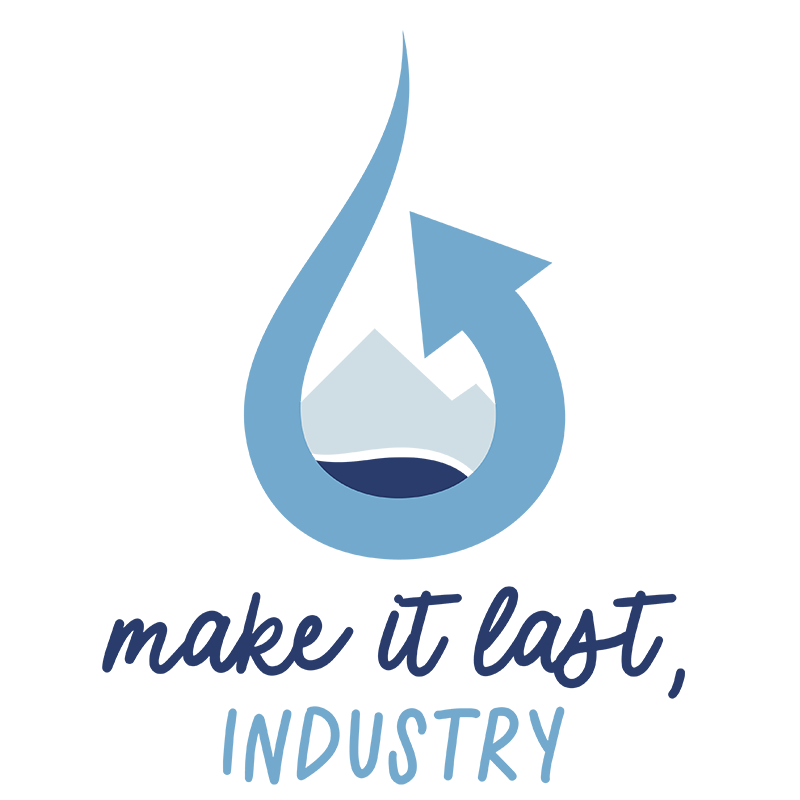Cross-Connection Control Program

Program Forms & Resources
PROGRAM DESCRIPTION
Industry Public Utilities Waterworks System is committed to delivering clean, safe drinking water that meets or exceeds all state and federal standards. To continue delivering on this promise, the District has updated its Cross-Connection Control Program effective July 1, 2025. The program is in accordance with state and federal regulations, including the California State Water Resources Control Board’s Cross-Connection Control Handbook and the District’s Cross-Connection Control Ordinance 2024-01.
This proactive and comprehensive program is designed to identify, monitor, and reduce possible sources of contamination, ensuring continued protection of the public water system.
Purpose: Industry Public Utilities Waterworks System regularly tests and monitors the water it supplies to its customers to ensure we deliver on our promise. However, the safety of the water can be at risk due to potential cross-connections that may be located on customer properties. For this reason, the District aims to take a proactive approach and locate potential hazards to protect the integrity of the water.
Program Goal: Find potential hazards throughout the service area and put protective measures in place to safeguard the public water supply and continue providing clean and safe water to customers.
BACKFLOW SELECTION
Industry Public Utilities Waterworks System does not direct customers which BPA to install.
Customers can select a BPA to install from the USC Foundation for Cross-Connection Control and Hydraulic Research: List of Approved Backflow Prevention Assemblies. The list provided on the following website is updated as changes occur:
USC List of Approved Backflow Prevention Assemblies
Industry Public Utilities Waterworks System will ensure that each replaced or newly installed BPA (e.g., PVB, SVB, DC, RP, etc.) for protection of the public water system is approved through both laboratory and field evaluation tests performed in accordance with at least one of the following:
- Standards found in Chapter 10 of the *Manual of Cross-Connection Control, Tenth Edition*, published by the University of Southern California Foundation for Cross- Connection Control and Hydraulic Research; or
- Certification requirements for BPAs in the Standards of ASSE International current as of 2022 that include ASSE 1015-2021 for the DC, ASSE 1048-2021 for the DCDA & DCDAII, ASSE 1013-2021 for the RP, and ASSE 1047-2021 for the RPDA & RPDA-II and must have the 1YT mark.
BACKFLOW TESTERS
Industry Public Utilities Waterworks System maintains a BPA management process that ensures all BPAs are tested annually in accordance with the California State Water Resources Control Board’s policies and procedures. These devices must be field tested by certified backflow testers.
During the 2025 backflow testing year and annually thereafter, the District will verify the certification of all backflow testers and create and maintain a list of backflow testers that are allowed to test BPAs within the District’s service area. A Tester Code of Conduct Form must be completed and submitted by the backflow tester along with the backflow test forms.
Beginning in January 2026, only backflow testers on the District’s pre-approved list of backflow testers may conduct testing of BPAs within the District’s service area. This list of District verified BPA testers will be reviewed annually, or more frequently, as needed.
CUSTOMER TIPS & EDUCATION
Keeping our community’s water safe and healthy is something we do together. While the District works hard to protect the public water system, customers also play an important role. If backflow happens, it could allow unwanted substances to enter the shared water supply. That’s why the District is sharing helpful steps you can take to prevent backflow and keep our water clean.
Definitions
| Term | Definition |
|---|---|
| Backflow | The reversal of water flow in your plumbing system due to pressure changes. |
| Backpressure Backflow | Occurs when water flow reverses due to higher pressure on the customer’s side, such as a hose submerged at the bottom of a pool. |
| Backsiphonage Backflow | Happens when water flow reverses due to a large water draw, for example, during firefighting operations. |
| Air-gap Separation (AG) | A physical gap in plumbing to prevent both backflow and backsiphonage. |
| Backflow Prevention Assembly (BPA) | A device installed after the water meter to prevent both backflow and backsiphonage. |
| Hazard Assessment | A survey to assess potential hazards and risks to the water supply. Hazards are categorized as: High hazard |
Customer Do’s and Don’ts
Certain everyday habits can unintentionally jeopardize the water supply.
Follow these Do’s and Don’ts to help prevent contamination:
|
DO |
DON’T |
|---|---|
| Leave the hose running in a spot that is above the water | DO NOT submerge a hose in water (for instance, while filling a pool) |
| Check that your toilet is outfitted properly with anti-siphon ballcock assemblies | DO NOT use toilets that are not outfitted with anti-siphon protection |
| Remove these toxic sprays after use and install a hose bib vacuum breaker | DO NOT leave a hose connected to pesticide or fertilizer spray |
| Call your water utility company to shut off your water supply to investigate the potential source | DO NOT ignore signs of potential backflow in your plumbing system |
Potential Warning Signs of Backflow
If you observe any of the following in your plumbing system, please contact a licensed professional plumber:
- Discolored water
- Visible debris
- Bad odors
- Low water pressure
- Gurgling noises
- Slow drains
- Bad taste
- Repeated leaks
Please notify the District immediately if there is a confirmed case of backflow or if you need your water service temporarily shut off.
Contact Information
Please reach out to the Cross-Connection Control Program Coordinator for any questions.
Alyssa Arana
626.330.2126
backflow@lapuentewater.com.


